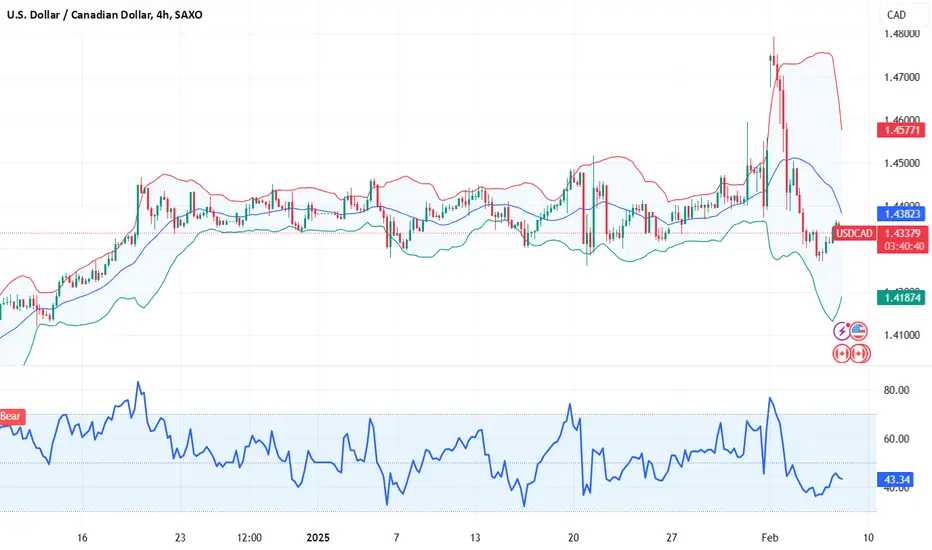On February 1, Donald Trump signed an executive order imposing 25% tariffs on imports from Mexico and Canada, along with 10% tariffs on Chinese goods. In response, Canada announced retaliatory tariffs of 25% on $155 billion worth of U.S. goods, with an initial phase of $30 billion taking effect on February 4. Mexico also implemented counter-tariffs. Trump reaffirmed his intention to impose tariffs on European imports but did not specify the details.
On February 2, Trump stated that if Canada wants to avoid tariffs and taxes, it should become the 51st state of the United States. He argued that the U.S. should not be subsidizing Canada with hundreds of billions of dollars, as the country does not rely on Canadian resources. According to Trump, the U.S. has “unlimited energy resources,” sufficient timber supplies, and a growing domestic automobile industry. He added that without U.S. subsidies, Canada would struggle to remain economically viable, whereas joining the U.S. would provide lower taxes, better military protection, and exemption from tariffs.
On February 3, during the European session, the following market trends were observed:
On February 2, Trump stated that if Canada wants to avoid tariffs and taxes, it should become the 51st state of the United States. He argued that the U.S. should not be subsidizing Canada with hundreds of billions of dollars, as the country does not rely on Canadian resources. According to Trump, the U.S. has “unlimited energy resources,” sufficient timber supplies, and a growing domestic automobile industry. He added that without U.S. subsidies, Canada would struggle to remain economically viable, whereas joining the U.S. would provide lower taxes, better military protection, and exemption from tariffs.
On February 3, during the European session, the following market trends were observed:
- U.S. stock futures declined by 1.5–2.5%. The U.S. Dollar Index rose 1%, reaching 109.50. EUR/USD opened with a major bearish gap, dropping to 1.0210, losing over 1%.
- GBP/USD fell below 1.2250 due to dollar strength.
- In Australia, December retail sales fell by 0.1%, which was better than expected but failed to support the AUD. As a result, AUD/USD dropped 1.2%, falling below 0.6100.
- USD/CAD surged significantly to 1.4792, the highest level since 2003.
- USD/MXN hit 21.2882, marking a three-year high.
- After reaching a record $2,800 on Friday, gold corrected lower on Monday, trading below $2,775.
More analytical information and promotions on FreshForex website cutt.ly/mw3aPjui
免責聲明
這些資訊和出版物並不意味著也不構成TradingView提供或認可的金融、投資、交易或其他類型的意見或建議。請在使用條款閱讀更多資訊。
More analytical information and promotions on FreshForex website cutt.ly/mw3aPjui
免責聲明
這些資訊和出版物並不意味著也不構成TradingView提供或認可的金融、投資、交易或其他類型的意見或建議。請在使用條款閱讀更多資訊。
